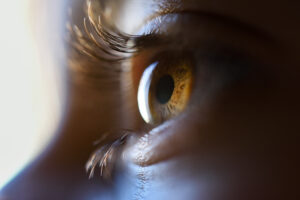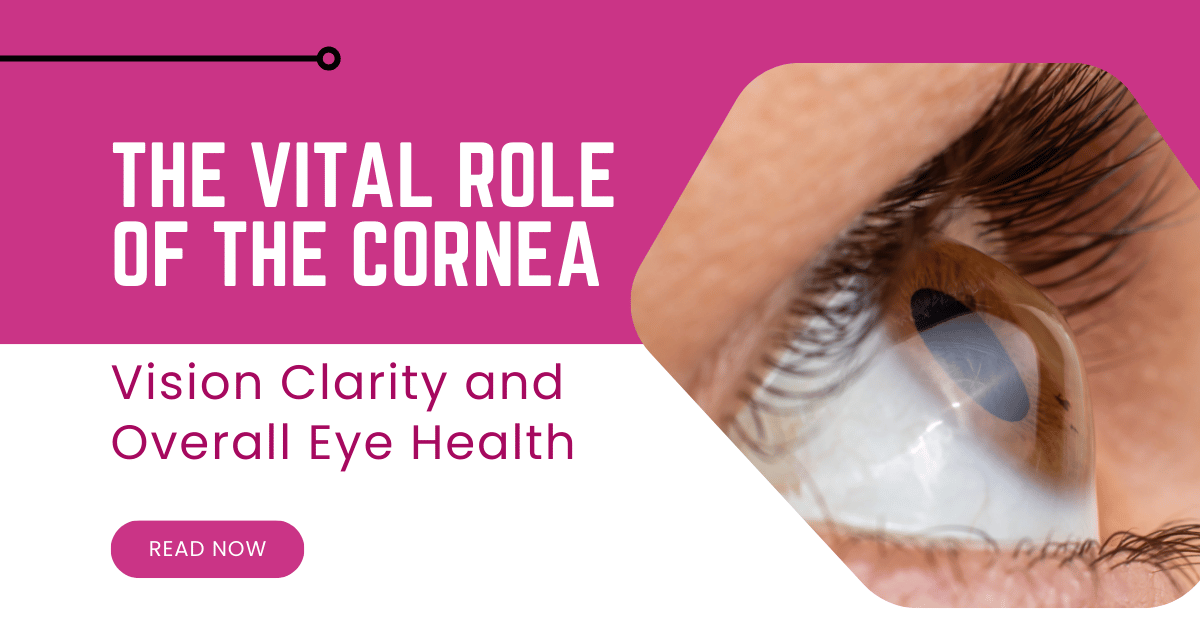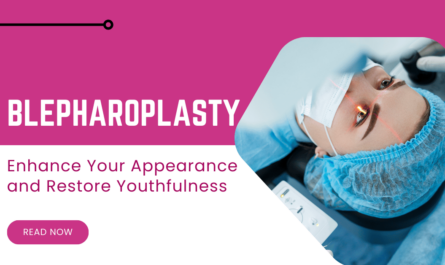Introduction
The human eye is a marvel of nature, allowing us to perceive the world in stunning detail and color. At the forefront of this complex system is the cornea, a transparent, dome-shaped structure that plays a crucial role in vision clarity. Often overlooked, the cornea is essential for focusing light onto the retina and protecting the eye from external elements. This blog will explore the cornea’s functions, common concerns related to its health, treatment options, and expert recommendations for maintaining optimal eye health.
Understanding the Cornea: Structure and Function
The cornea is the outermost layer of the eye, responsible for refracting (bending) light to help focus vision. It consists of five layers:
- Epithelium – The outermost layer that protects against dust, germs, and water loss.
- Bowman’s Layer – A tough layer that adds structural integrity.
- Stroma – The thickest layer made of collagen, giving the cornea its strength and shape.
- Descemet’s Membrane – A thin protective barrier.
- Endothelium – The inner layer that helps regulate fluid balance in the cornea.
Since the cornea lacks blood vessels, it relies on tears and the aqueous humor (fluid inside the eye) for oxygen and nutrients. This transparency is essential for clear vision, making corneal health vital to overall eye function.
Common Corneal Problems: Causes and Symptoms
Several conditions can affect the cornea, impacting vision clarity and overall eye health:
1. Corneal Abrasions
- Scratches caused by dust, sand, or fingernail injuries.
- Symptoms: Pain, redness, light sensitivity, and tearing.
2. Keratitis (Corneal Infections)
- Infections from bacteria, viruses (like herpes simplex), fungi, or parasites.
- Symptoms: Eye redness, discharge, pain, and blurred vision.
3. Keratoconus
- A progressive condition where the cornea thins and bulges into a cone shape.
- Symptoms: Distorted vision, increased light sensitivity, and frequent prescription changes.
4. Corneal Ulcers
- Open sores on the cornea, often caused by infections or trauma.
- Symptoms: Intense pain, swelling, and vision impairment.
5. Corneal Dystrophies
- A group of genetic disorders that cause deposits to accumulate in the cornea.
- Symptoms: Cloudy vision, discomfort, and difficulty seeing at night.

Treatment and Management of Corneal Conditions
1. Medications
- Antibiotics & Antifungals – Used for infections like bacterial or fungal keratitis.
- Steroid Drops – Reduce inflammation in keratitis or post-surgical recovery.
2. Corrective Lenses
- Glasses & Contact Lenses – Help correct vision issues caused by keratoconus or dystrophies.
- Scleral Lenses – Specialized lenses for keratoconus patients to improve vision and comfort.
3. Corneal Cross-Linking (CXL)
- A procedure for keratoconus to strengthen the cornea and slow progression.
4. Surgical Options
- Corneal Transplant (Keratoplasty) – For severe damage or dystrophies where the cornea is replaced with donor tissue.
- Laser Procedures (PRK/LASIK) – Used to reshape the cornea for vision correction.
5. Preventive Care
- Use Protective Eyewear – Prevents abrasions and exposure to harmful UV rays.
- Maintain Eye Hygiene – Avoid touching your eyes with unclean hands.
- Regular Eye Exams – Early detection helps prevent complications.
Expert Advice from Dr. Smita Mukherjee
Dr. Smita Mukherjee is a senior ophthalmologist with over 30 years of experience. She completed her post-graduation from Seth G.S. Medical College with academic honors and later served as faculty at the same institution, training postgraduate students. Since 1997, she has been practicing ophthalmology at her well-equipped clinics in Chembur and Sanpada. Her expertise includes cataract surgery, phacoemulsification, refractive errors, diabetic retinopathy, and age-related macular degeneration.
For consultations, visit Eye Solutions Clinic at 401, Pearl Belleza, D.K. Sandu Marg, 19th Road Corner, Chembur, Mumbai 400071.
Frequently Asked Questions (FAQs)
1. How can I keep my cornea healthy?
Maintain good hygiene, wear UV-protective sunglasses, avoid rubbing your eyes, and schedule regular check-ups with an eye specialist.
2. What happens if the cornea is damaged?
A damaged cornea can cause blurred vision, pain, and sensitivity to light. Severe cases may require medication, specialized lenses, or surgical intervention.
3. Can corneal diseases be cured?
Some corneal conditions like infections and abrasions heal with treatment, while conditions like keratoconus require long-term management.
4. Is corneal transplant a permanent solution?
Corneal transplants can significantly improve vision, but there’s a possibility of rejection or the need for a repeat procedure over time.
5. Are there non-surgical treatments for keratoconus?
Yes, scleral lenses and corneal cross-linking are effective non-surgical options to manage keratoconus.
6. Does dry eye syndrome affect the cornea?
Yes, chronic dry eyes can lead to corneal damage, discomfort, and blurred vision if left untreated.
7. Can LASIK surgery damage the cornea?
While LASIK is safe for most people, complications like dry eyes or corneal thinning can occur in some cases.
8. How often should I get my cornea checked?
Regular eye exams every 1-2 years are recommended, but those with pre-existing conditions should consult their ophthalmologist more frequently.
Conclusion
The cornea is a crucial part of the eye that ensures clear vision and protects against infections. Maintaining corneal health through preventive care, early diagnosis, and expert intervention can significantly improve eye health and quality of life. If you experience any vision problems or discomfort, consulting a specialist like Dr. Smita Mukherjee can help you find the best treatment options for long-term eye wellness.



